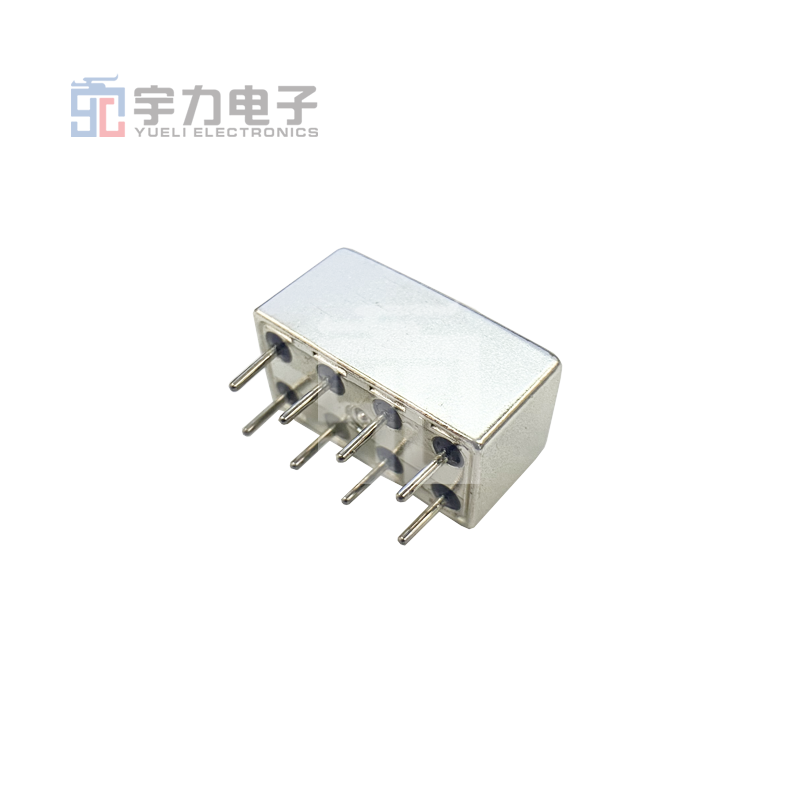Unlocking the Power: An In-Depth Guide to High Power Relays
2025-05-30

High power relays are essential components in the field of electronics, particularly within the realm of relays and other electronic devices. They serve a pivotal function in controlling high voltage and high current applications, making them indispensable for a wide range of industrial and commercial uses. When selecting a high power relay, it is crucial to understand their characteristics, operational mechanisms, and the contexts in which they thrive.
One of the primary features of high power relays is their ability to switch large amounts of electrical power. Unlike standard relays, high power relays are designed to handle currents typically ranging from several amperes to hundreds of amperes, and voltages from a few volts up to thousands of volts. This capability makes them ideal for applications such as motor control, power distribution, and automation systems.
The operational principle of a high power relay is based on an electromagnetic mechanism. When a low power electric signal is applied to the coil of the relay, it generates a magnetic field that actuates a switch, allowing or interrupting the flow of current in the circuit. This allows for safe control of high power loads without the need for direct manual intervention, significantly enhancing operational safety and efficiency.
High power relays come in various types, including electromagnetic relays (EMRs), solid-state relays (SSRs), and hybrid relays. Electromagnetic relays utilize a mechanical moving part to open or close the circuit, while solid-state relays employ semiconductor devices to perform the switching action, offering faster response times and higher reliability in some applications. Hybrid relays combine features of both types, providing flexibility in design and functionality.
When selecting a high power relay for a specific application, several factors need to be considered. These include the maximum load current and voltage, the type of load (inductive or resistive), switching frequency, and environmental conditions such as temperature and humidity. Additionally, it's essential to assess the relay's lifespan, which is influenced by the number of switching cycles and the wear on its components.
In conclusion, high power relays are integral to modern electronic systems, enabling efficient management of high voltage and current applications. By understanding their functionality, types, and selection criteria, professionals can leverage these devices to enhance their systems, ensuring reliable performance and operational safety. As you explore the world of high power relays, keep in mind that the right choice can greatly impact the success of your electronic projects.
One of the primary features of high power relays is their ability to switch large amounts of electrical power. Unlike standard relays, high power relays are designed to handle currents typically ranging from several amperes to hundreds of amperes, and voltages from a few volts up to thousands of volts. This capability makes them ideal for applications such as motor control, power distribution, and automation systems.
The operational principle of a high power relay is based on an electromagnetic mechanism. When a low power electric signal is applied to the coil of the relay, it generates a magnetic field that actuates a switch, allowing or interrupting the flow of current in the circuit. This allows for safe control of high power loads without the need for direct manual intervention, significantly enhancing operational safety and efficiency.
High power relays come in various types, including electromagnetic relays (EMRs), solid-state relays (SSRs), and hybrid relays. Electromagnetic relays utilize a mechanical moving part to open or close the circuit, while solid-state relays employ semiconductor devices to perform the switching action, offering faster response times and higher reliability in some applications. Hybrid relays combine features of both types, providing flexibility in design and functionality.
When selecting a high power relay for a specific application, several factors need to be considered. These include the maximum load current and voltage, the type of load (inductive or resistive), switching frequency, and environmental conditions such as temperature and humidity. Additionally, it's essential to assess the relay's lifespan, which is influenced by the number of switching cycles and the wear on its components.
In conclusion, high power relays are integral to modern electronic systems, enabling efficient management of high voltage and current applications. By understanding their functionality, types, and selection criteria, professionals can leverage these devices to enhance their systems, ensuring reliable performance and operational safety. As you explore the world of high power relays, keep in mind that the right choice can greatly impact the success of your electronic projects.


